Click To Call > (800) 966-7673
Wednesday, August 15, 2018
In the Midwest, most insects overwinter; which means they take shelter in a protected area to huddle away from the frost and snow. As it turns out the wall voids and attic space of human structures make great overwintering sites for a number of insects.
When the sun (or your HVAC system) warms the voids of your home, the pests will become active, assuming the worst of winter is over and you’ll see them begin to emerge indoors. They enter living rooms, bedrooms, and kitchens through little cracks and crevices in the floors, walls, and ceilings. Their appearance indoors is accidental, as they are really seeking to head back outdoors. But some get confused and head further into the structure instead.
You can help keep these accidental invaders out of your home or structure by following the tips in the box below.
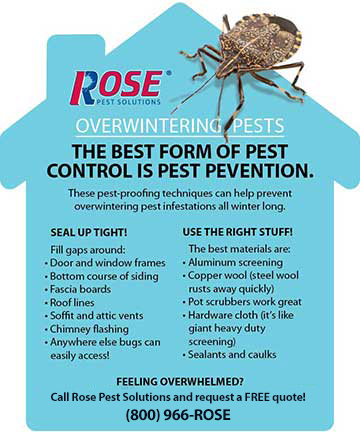
Or call Rose to schedule your inspection and we'll let you know what we can do to help keep your home pest-free.
The most common overwintering insects in our area (Michigan, Ohio, Indiana West Virginia, Kentucky, and Pennsylvania) are:
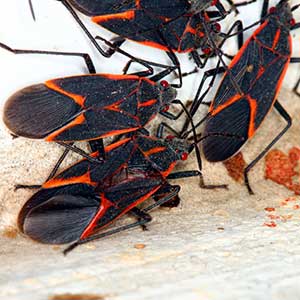
The Boxelder Bug is a minor garden pest during the summer. They feed on the seeds of the boxelder and other maple trees. However, it can become a nuisance in the winter when it takes refuge in homes and other shelters to avoid the cold.
About ½” in length, they are black with red markings and can easily slip in through cracks and crevices of homes and other shelters. They won’t sting, bite, transmit disease, or cause physical damage to your home or structure; although they may emit an odor and stain when crushed.
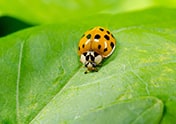
They look just like the native Lady Bug to the untrained eye, but their habits are anything but lady-like. Asian Lady Beetles will find their way into the homes or structures to take refuge in. These overwintering pests have been known to bite, emit a foul odor when crushed and taste absolutely terrible … or so we’ve been told.
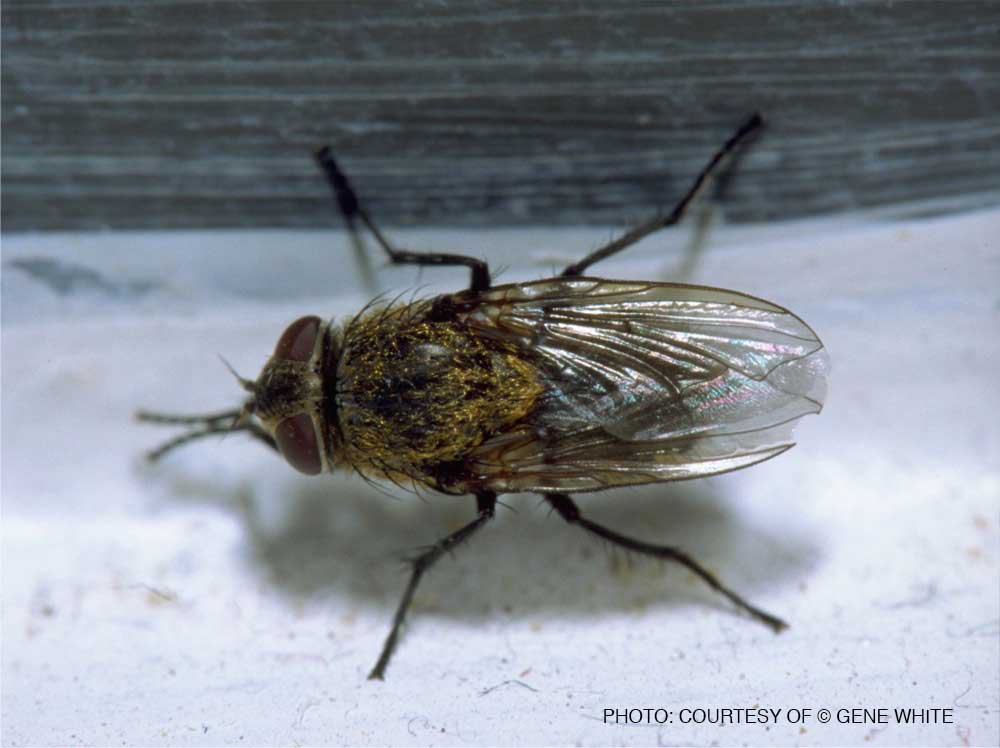 Cluster Flies
Cluster FliesCluster Flies naturally live their entire lifecycle outdoors. Unlike any other flies, Cluster flies originate as a parasite within an earthworm. Once the larvae emerge, their lifecycle continues outdoors, away from the earthworm. Once colder temperatures arrive, the Cluster Fly will seek shelter away from the elements; including clustering together behind loose tree bark, wood planks, or in buildings and homes. Hence the name “Cluster” fly. If they happen to be in your house when it’s warmed by the sun, you could see them appear in your living areas. At this point, it’s too late to do anything about it, except clean up the mess.
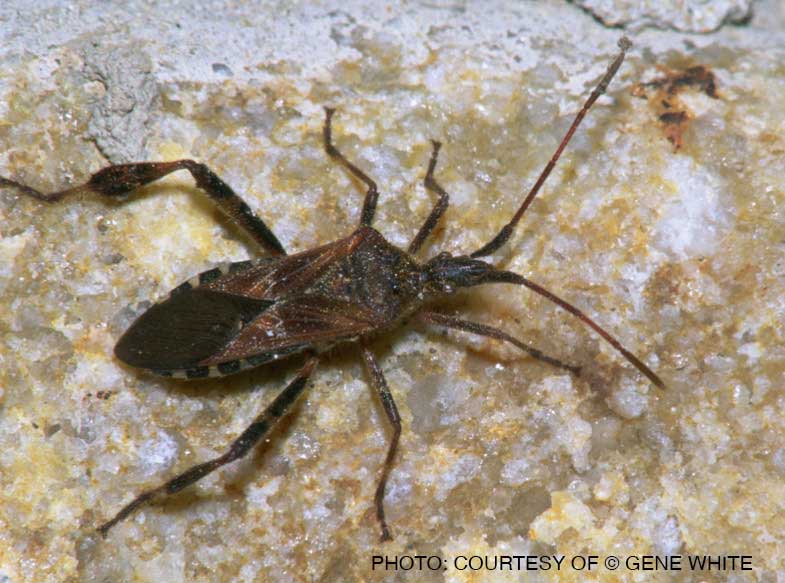 Leaf-footed Pine Seed Bugs
Leaf-footed Pine Seed BugsThis native outdoor pest produces just one new generation each year. The adults are about 3/4” long and dull-brownish in color. During the summer they feed on pine cones and their seeds.
When the cold winter sets in, the adults will naturally take shelter. Their first choice is to huddle under the bark of pine and conifer trees; however, they have been known to enter structures through small gaps and openings.
When their shelter is warmed by the sun in the winter, these pests can suddenly appear in mass numbers. Due to their larger size, this can be a shocking sight. So just remember, this is a nuisance pest that doesn’t sting, bite, or cause damage to the structures. But they do need to be cleaned up.
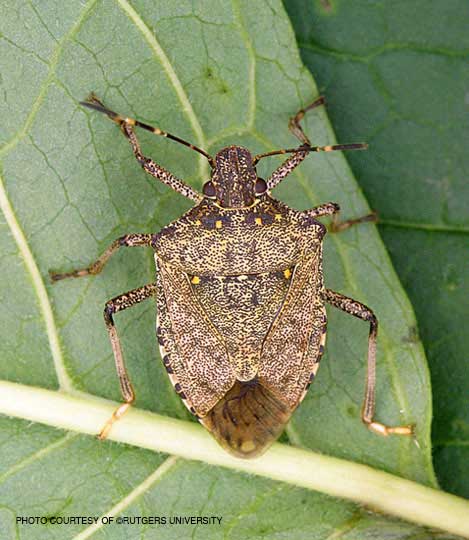 Brown Marmorated Stink Bugs (BMSB), A.K.A., The new kid in town
Brown Marmorated Stink Bugs (BMSB), A.K.A., The new kid in townThe adult brown marmorated stink bugs are about ½” in length and shaped like a shield. They’re named after their appearance which is brown with a marbled pattern (marmorated).
These bugs were recently introduced to the US from Asia and have been a growing nuisance in the Mid-Atlantic States in recent years. During the summer months, the BMSB prefers to feed off vegetable crops, fruit trees and some ornamental plants which is a cause for concern as they can destroy an entire crop.
The BMSB will take refuge in homes or other nearby structures during the colder months and accidentally appear indoors when the sun warms their winter habitat. Because of their size and the nasty odor, they emit when crushed or stressed, they make their presence known. The best way to eliminate this pest once it’s inside is to vacuum and empty the bag immediately after.
Protecting your home or building from insects, bugs and other pests take a little knowledge and a lot of diligence. But if done correctly, you’ll have a bug-free winter.
In HOW TO PREVENT OVERWINTERING PESTS part 2, we will show you how to inspect your home like a professional. We will take you through the process of surveying your home for pest entry points and additional strategies for keeping overwintering pests out.